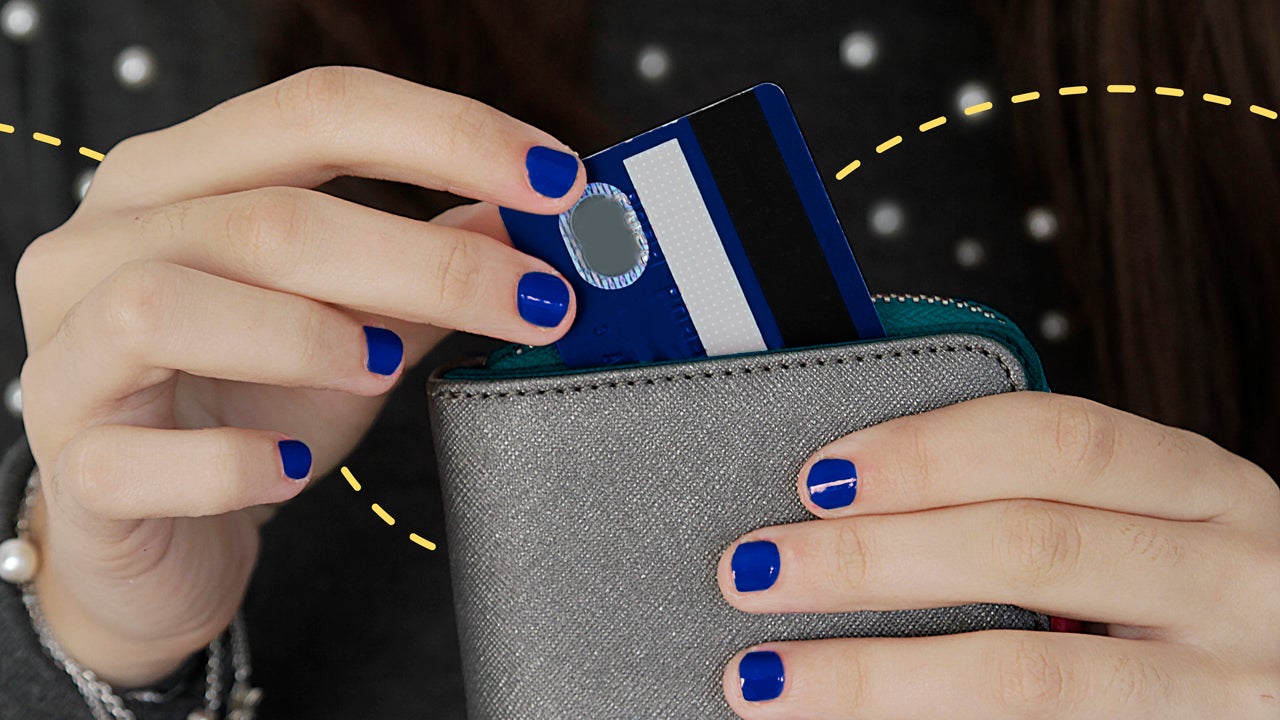Average credit limit on a first credit card



Key takeaways
- The average credit limit for first-time cardholders is based on their credit score and credit history, their income and the type of credit card they apply for.
- Where someone with no credit or poor credit may have an initial credit limit as low as $100, those with fair or good credit may qualify for credit limits of several hundred dollars or more.
- Even if you start with a low credit limit, you’ll have the chance to work your way toward higher limits with responsible use.
Although no specific data points on the average credit limit for first-time cardholders are available, we can get a sense of what new borrowers will qualify for based on the typical starting credit limits for secured credit cards. These cards are commonly used by first-time cardholders as credit-building vehicles and require an initial cash deposit as collateral that serves as the card’s credit limit. Looking across today’s most popular secured cards, the average credit limit for these products typically starts around $200.
Retail store credit cards are another popular card type for first-time cardholders. Because these cards can only be used at one store (or a family of stores), they are easier to qualify for and typically offer starting limits of $200 to $300.
If consumers have a strong income to report and existing credit accounts (such as student loans or auto loans) that show responsible use, they may be able to qualify for an unsecured credit card that comes with a higher starting limit. It all depends on their full financial picture.
Factors affecting your first card’s credit limit
You won’t know the credit limit you’re assigned on your first credit card until you apply for the card and get approved. This is because credit card issuers look at information in your credit application — including your credit history and income — and use that information to decide what your credit limit should be.
Factors that will impact the credit limit you receive include your credit score, the type of card being opened and the household income you list on your credit application.
Your credit score
Your credit score is a major factor when it comes to the credit limits you’ll get right off the bat, and there are a couple of factors that contribute to a good credit score, such as credit utilization and history.
Credit utilization, which is the ratio of your credit card balance to your credit limit, is an essential consideration for lenders as it reflects how responsibly you manage your credit. A lower credit utilization ratio shows that you are not overly reliant on credit and can handle debt responsibly, which can positively influence the credit limit granted to you.
Additionally, a positive credit history, showing timely payments and a track record of managing debt effectively, can also impact the credit limit offered to you. Both credit utilization and credit history contribute significantly to your credit scoring, with lower credit utilization and a positive credit history generally leading to a higher credit score.
It should come as no surprise that higher credit scores tend to yield higher limits overall. Consider the following ranges and examples:
- No credit. Some secured credit cards let you apply with no credit history and no credit score. An example is the Discover It® Secured Credit Card, which requires minimum collateral of $200 and has the same starting credit limit.
- Poor credit. If you have a credit score below 580, you’ll probably have to start with a secured credit card that requires collateral. In this case, you’ll likely have a starting limit of around $200, though you may be able to put down more collateral to secure a higher limit.
- Fair credit. If you have a fair credit score between 580 and 669, you may be able to qualify for credit cards that have limits up to $500, $700 or more. As an example, the Credit One Bank® Wander® American Express® Card for fair credit offers credit limits that start at $500.
- Good credit. If you have good credit — a FICO score of 670 or higher — you’ll likely be approved for a higher credit limit than you would with fair credit. That said, limits on these cards can still range from $500 to $1,000 for first-time cardholders, though you should be able to qualify for larger limits over time.
The type of card being opened
The type of card you’re applying for can also play a role in your initial credit limits, especially if you’re just starting to build credit history. Here’s an overview of the types of cards you can consider for a first credit card.
- Secured credit cards. Secured credit cards are often a good choice for people with poor credit or no credit, though they will require a deposit that will serve as collateral and become your starting credit limit.
- Student credit cards. Student credit cards are for intended college students currently enrolled in school, and they’re generally unsecured cards with no collateral requirements and low starting limits. As an example, the Discover it® Student Cash Back comes with a starting credit limit of at least $500.
- Retail store credit cards. Retail store credit cards offered by specific stores (or families of stores) have limited use since you can’t charge outside purchases to them. This means they are easier to get approved for, but they also tend to come with lower starting limits.
- General rewards credit cards. General rewards credit cards tend to have stricter requirements for approval, but there are options for fair credit. For example, someone with a fair credit score can opt for the Capital One QuicksilverOne Cash Rewards Credit Card.
Your income
The household income you list on your credit card application will also play a role in the credit limits you’re approved for — or if you’re approved for a credit card at all. That’s because card issuers have to consider your credit history and your ability to pay back purchases you charge to the card. And an even bigger factor is your debt-to-income ratio.
Lenders often consider your debt-to-income ratio, which compares your monthly debt payments to your monthly gross income, as a measure of your ability to manage additional debt. A lower debt-to-income ratio shows lenders that you have more disposable income available to handle new credit, potentially resulting in a higher credit limit. On the other hand, a higher debt-to-income ratio may indicate a higher risk of struggling to manage additional credit, potentially leading to a lower credit limit approval.
This probably goes without saying, but having a strong, reliable income and maintaining a healthy debt-to-income ratio can help you qualify for a higher credit limit — even on a first credit card.
How to increase your credit limit
The good news about having a low starting credit limit is that it can only go up from there — and it will if you use credit responsibly and treat your credit with care. After all, the average credit limit extended to Generation Z consumers came in at $13,900 during the fourth quarter of 2024, according to Experian. That’s a far cry from the typical first credit card limit of $200 to $500.
The tips below can help you grow your credit limit over time.
Practice regular, responsible use
The most important factors that make up FICO credit scores are your payment history and how much debt you owe. To score the best in these categories — and have the highest potential to boost your credit limit and your credit score — you’ll want to pay all your bills (including credit card bills) on time each month and keep your debts in check.
Most experts recommend keeping your credit utilization ratio below 10 percent of your available credit limits (or 30 percent at a maximum) for the best results.
Choose a card that offers automatic credit line reviews
You can also be selective as you shop for a first credit card and only apply for cards that promise to consider you for an automatic credit limit increase at a certain point.
As an example, the Capital One Platinum Credit Card says that you can be automatically considered for a higher credit line in as little as six months.
Ask for a higher credit limit
You can also call your credit card issuer to ask for a higher credit limit, but you should only do so after you have made on-time payments on your card for at least six or seven months. This will let you build up some credit history before you make the request, and it gives you a better shot at qualifying for a higher credit limit when you ask.
You’ll also have a better chance at a higher credit limit when you ask if something has changed about your situation. If your credit score or income has increased, for example, that could be enough to get the higher credit limit you want.
Apply for a new credit card
You can also just apply for another credit card altogether, which won’t get you a higher credit limit on existing cards but will increase the total amount of credit available to you. If you have one credit card with a $500 credit limit and you’re approved for a second card with its own $500 limit, for example, you’ll have grown your total credit limits to $1,000 with this move.
That said, don’t rush into applying for a new credit card if you just got your first one. It’s best to wait for at least three months between credit card applications, at a minimum.
The bottom line
Even if we don’t know the average credit limits on first credit cards, we do know where credit limits tend to start with different types of credit cards — and that new credit customers typically qualify for the lowest limits each type of card has to offer. This makes it possible to estimate what you may qualify for as a first-time cardholder applying for different types of cards.
Keep in mind that these low credit limits don’t have to be a life sentence. By making on-time payments and keeping debt levels low, you may be able to qualify for higher credit limits or more credit cards with their own separate limits over time.




